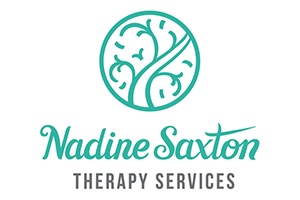When I am respecting and holding myself and open to the environment, others will resonate and feel respected and held. By mirroring each other, we can see who and where we are today. We begin to understand what is being called forth from each other.
Bonnie Badenoch
Being Present to yourself is an aspect of Secure Attachment. Because we are hardwired for it, we can relearn and practice it. It is imperative to healing our attachment styles. Each form of attachment recognizes immediately (consciously or not) when others are not present. If others are not there, as adults we have to become present to ourselves.
Being present is part of our spiritual nature. When we reach out and connect with others and we are met and responded to, we experience a physical felt sense of this nature, and our security in connections is enhanced. We become more present to ourselves, we become more embodied and able to share this nature.
Being present to yourself first, allows you to be present to what others have to offer. This allows us to shift our early developmental adaptive patterns brought on by imperfect parenting. Being present to our self brings us into connection with our ventral vagal nervous system and our right hemisphere where connection to our emotional self takes place. When we are emotionally connected to self, we are able to receive and clearly interpret the relational signals others are sending.
When you practice presence you are practicing what Diane Poole Heller refers to as “relational safety”. You are signaling with our tone of voice, your facial expression, your way of touching, that you are connected to yourself and available to others. Our attachment styles are internalized maps that can guide us back to relational “safe harbors.”
For all of us, learning to recognize sense of self and staying connected to self is important. When alone, or with others, to include yourself in the relational field rather than allowing all of your attention to flow out to the other is vital to being present.
When your relational field consistently emanates security and appropriate playfulness, others around you are able to mirror and model this stance. Being present allows you to recognize the need for a repair in a relationship. It allows you to better receive another’s intention for repair and thus increasing resiliency in your relational field.
Being grounded and centered through practicing presence supports your ability to return to security within and to trust your new instincts that were so challenged at a young age. Practicing personal presence facilitates resilience in all our responses. We are better able to enter emotional eloquence by challenging our old beliefs. Breathing practices, meditation practices, Yoga, somatic movement, running, Tai Chi, contemplation and prayer, are all ways and means to presence.
Interpersonal Neurobiological expert Bonnie Badenoch explains:
“we all need groups of support that are dedicated to just being present to one another . . . whether it’s two people getting together, whether it’s ten people getting together . . . there is a sense in our bodies that we’re really just here for one another and that we can hold whatever it is that arises in that moment. . . . We are meant to be interdependent through our entire lives.”
In my next blog I will share a Presence Practice.











